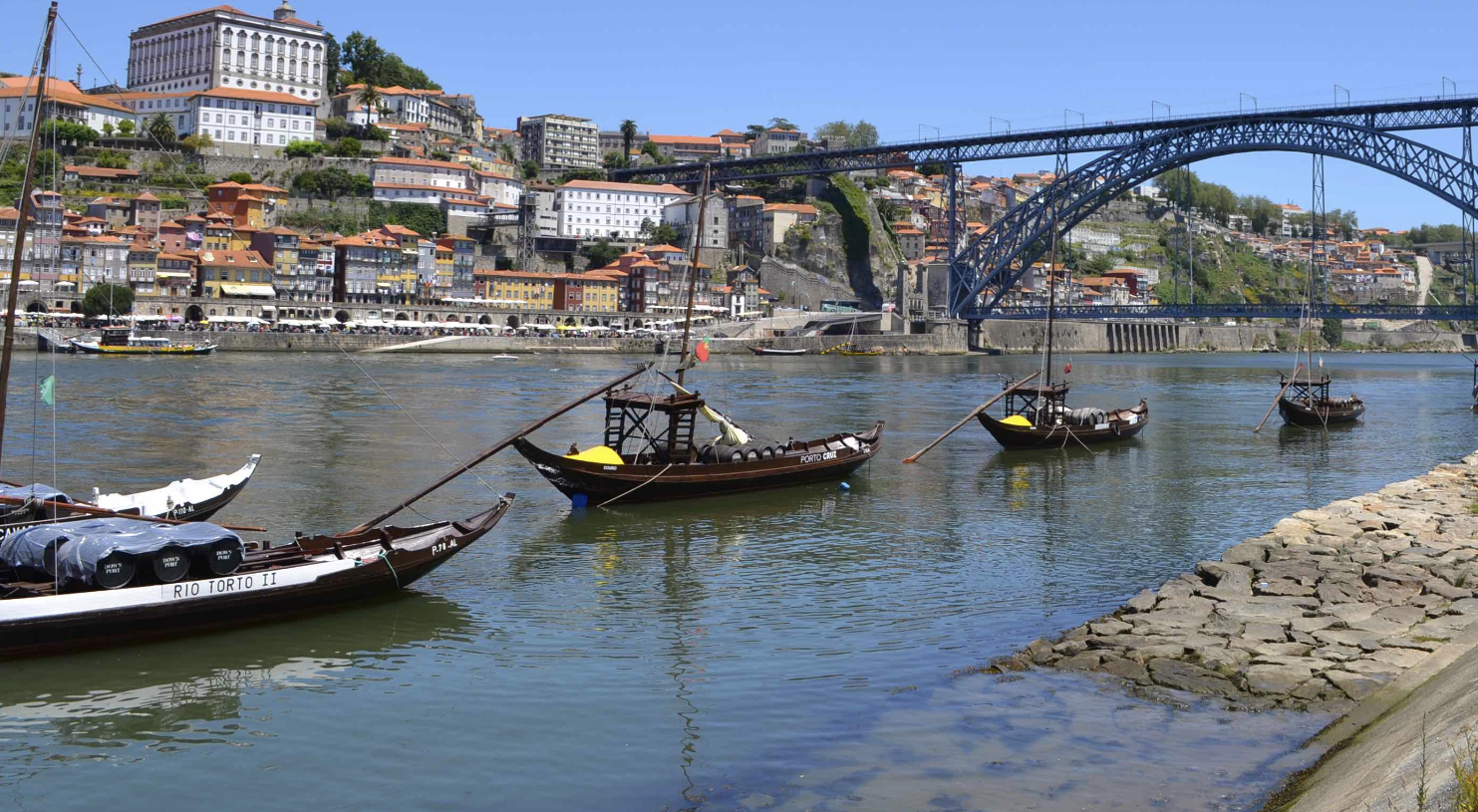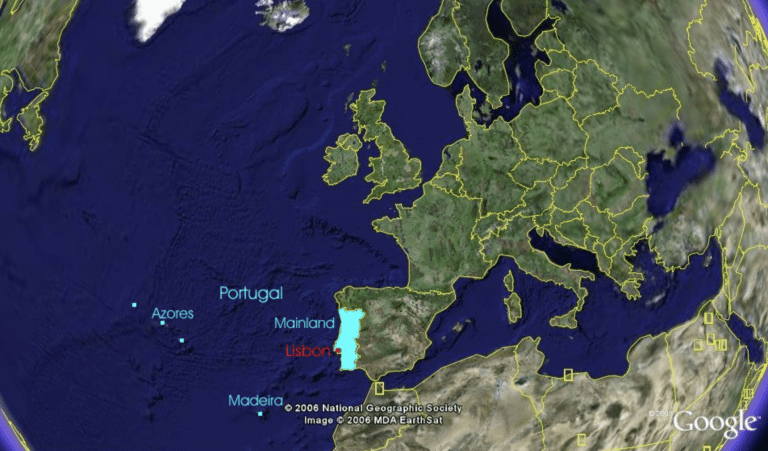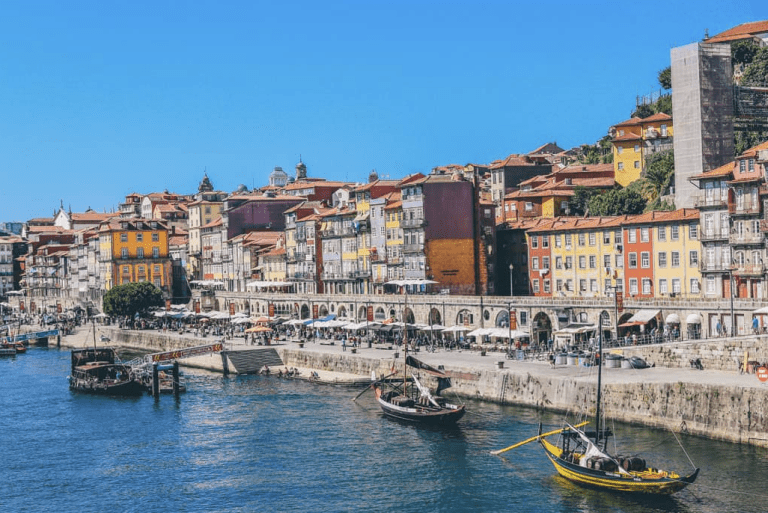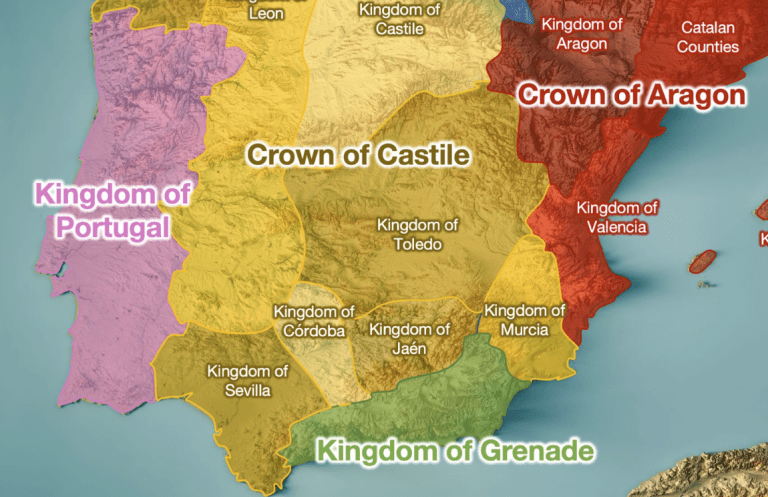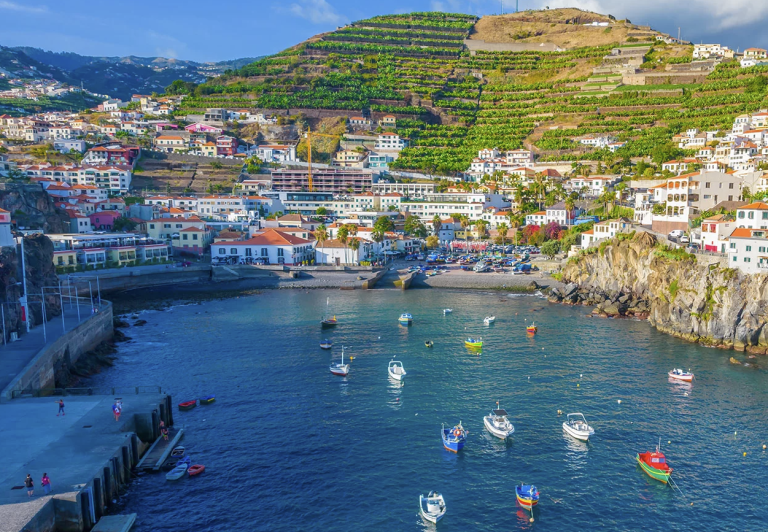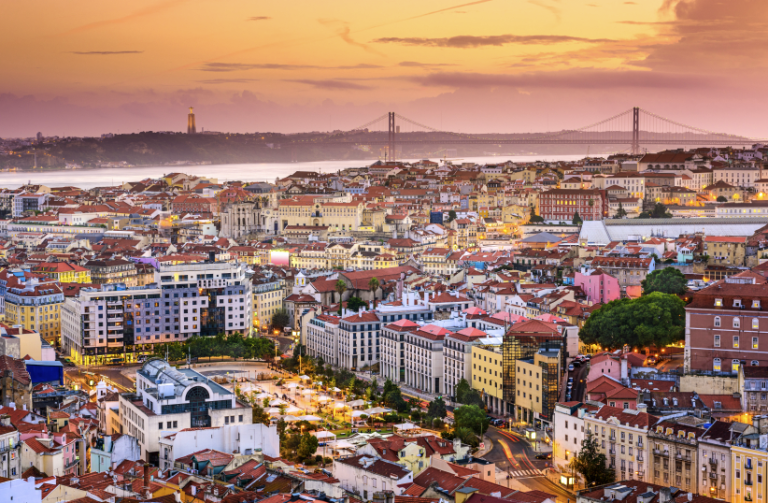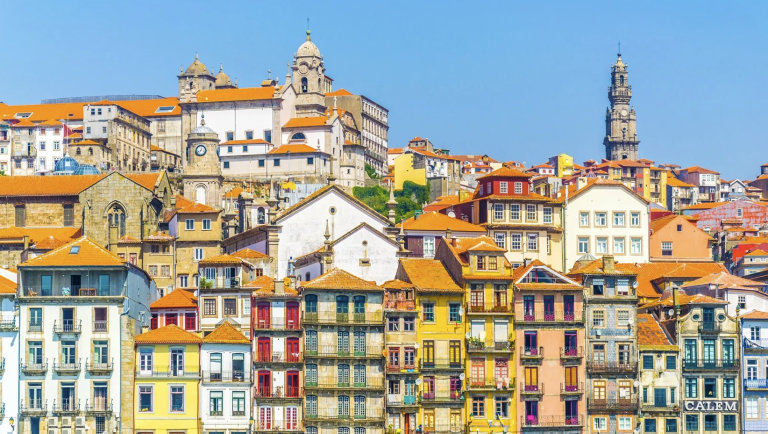The main language in Portugal is Portuguese, a Romance language that evolved on the Iberian Peninsula. This fascinating language has roots deep in history and has been influenced by various conquerors who ruled this region.
As you read through this post, we’ll look into the development of Portuguese and its likeness to other languages spoken around the globe. We’ll also explore how it became an international communications language through colonialism’s impact.
We shall uncover dialectical diversity within Portugal itself, including major groupings contributing to such diversity and recognition of Mirandese as a co-official language alongside Portuguese. You will be introduced to countries where significant populations speak Portuguese due to historical connections like Cape Verde and East Timor.
In addition, we’ll compare European Portuguese variants with those from Brazil; their differences are intriguingly shaped by external influences over time. Lastly, we’ll touch upon English proficiency among younger generations in Portugal – a common second-language choice for many native speakers today. So if you’re planning to visit or learn more about what is the main language in Portugal, buckle up for an enlightening journey!
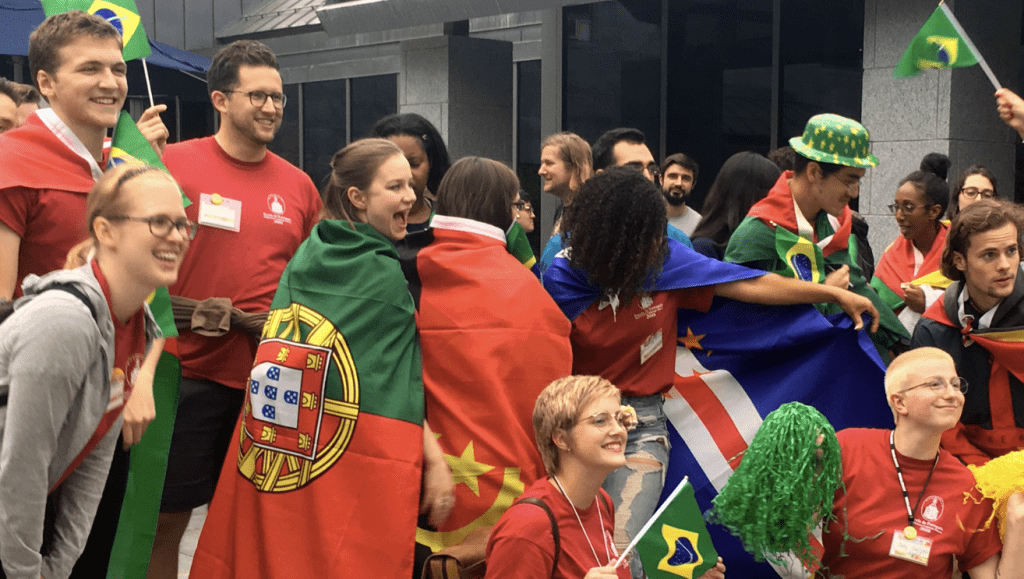
The Roots and Evolution of Portuguese Language
Prepare to be amazed by the fascinating journey of the Portuguese language. It started from a tiny corner of the Iberian Peninsula and spread its linguistic wings across the globe. But how did it all happen? Let’s find out.
Influence of Conquerors on Portuguese Evolution
Portugal has seen its fair share of conquerors throughout history, from Romans to Moors. These conquerors not only left their mark on the land and culture, but also shaped Portuguese linguistically. Portuguese owes its core structure to Vulgar Latin, introduced by the Romans around 200 BC.
After the fall of Rome in the 5th century AD, Portugal came under Visigothic rule and later faced Islamic Moorish conquests during the early Middle Ages. This led to the incorporation of Arabic words into the local dialect, enriching the Portuguese vocabulary even further.
Similarities Between Portuguese and Other Romance Languages
Portuguese shares many similarities with other Romance languages such as Spanish and French, all of which trace their origins back to Vulgar Latin. That’s because they all share a common ancestor – Vulgar Latin. It’s like a linguistic family reunion.
- Romance Language: Portuguese, Spanish, and French all evolved from Vulgar Latin spoken during the Roman Empire.
- Vocabulary: Many words in Portuguese, Spanish, and French have similar roots. For instance, the word for ‘mother’ is almost identical in Portuguese (‘mae’), Spanish (‘madre’) and French (‘mere’).
- Syntax: Sentence structures often mirror each other among these languages.
- Pronunciation: The pronunciation rules for vowels and consonants are quite similar, making it easier for speakers of one language to transition to another.
These similarities contribute to mutual intelligibility among native speakers, making it relatively easier to learn a new Romance language if you’re already proficient in one within the same family group.
But let’s not forget the unique characteristics that set each language apart. The Portuguese alphabet, for example, includes special characters like ‘c’ with a cedilla and nasal vowels, adding depth and richness to its sound palette. No wonder some people consider Portuguese the “sweetest and most pleasant sounding” among its Romance counterparts.
The Portuguese language has its roots in Vulgar Latin, introduced by the Romans. Throughout history, conquerors like the Moors and Visigoths influenced the language, incorporating Arabic words and shaping its vocabulary. Portuguese shares similarities with other Romance languages like Spanish and French due to their common ancestor, Vulgar Latin. These similarities make it easier for speakers of one language to learn another within the same family group. However, Portuguese also has unique characteristics that set it apart from other Romance languages, such as special characters in its alphabet and nasal vowels which contribute to its sweet and pleasant sound.
Dialectical Diversity within Portugal
Portugal, a small country on the Iberian Peninsula, is known for its rich cultural heritage and linguistic diversity. Despite its size, it’s got dialects for days. Historical influences and geography have shaped regional speech patterns, resulting in a variety of ways to say “hello” and “pass the salt, please.”
Major groupings contributing to dialectical diversity
The Portuguese language has two primary groups: Northern (or Galician) and Southern (or Estremenho). The Northern variant is like a time capsule, with old-fashioned features and a touch of Spanish influence. Meanwhile, the Southern dialects are more cosmopolitan, spoken in Lisbon, Alentejo, and Algarve regions.
- Northern Dialect: Nasal vowels, old verb endings, and pronoun “vos” instead of “voce.” It’s like stepping into a linguistic time machine.
- Southern Dialect: Dropping final unstressed vowels, pronouncing “e” as “i” and “o” as “u” at the end of words, and using infinitives instead of future subjunctive tense. It’s like a linguistic rollercoaster.
But wait, there’s more. Local variations like Madeiran and Azorean dialects add even more flavor to the mix. Madeiran has unique phonetic characteristics due to isolation, while Azorean shows signs of heavy English influence from the whaling trade. Talk about a linguistic adventure.
Recognition of Mirandese as a co-official language
Did you know that besides European Portuguese, there’s another official language in Portugal? It’s called Mirandese, spoken mainly in the Miranda do Douro region. This Romance language derived from Latin, just like French and Spanish, but it has its own distinct syntax and vocabulary. It’s like Portuguese’s cool cousin.
This recognition not only shows Portugal’s commitment to preserving its linguistic heritage but also embraces diverse identities that make up the national fabric. It’s like a big linguistic family reunion.
To truly appreciate the beauty and complexity of the languages spoken in Portugal, you have to dive deeper. Each language holds the legacy of history and culture, influencing how Portuguese speakers communicate regardless if they’re on the mainland, islands, Cape Verde, East Timor or any other place in the world. It’s like a linguistic symphony.
Portugal’s linguistic diversity is shaped by historical influences and geography, resulting in various dialects within the country. The Northern dialect features old-fashioned elements and Spanish influence, while the Southern dialects are more cosmopolitan. Additionally, Mirandese is recognized as a co-official language in Portugal, showcasing the country’s commitment to preserving its linguistic heritage and embracing diverse identities.
Global Spread & Impact of the Portuguese Language
The Portuguese language has gone places. Thanks to Portugal’s colonial expeditions, it’s now spoken in countries across four continents. Talk about world domination.
Colonialism’s Impact on Global Spread
Portuguese explorers like Vasco da Gama sailed the high seas, establishing colonies in far-flung lands. They brought their language along for the ride, making Portuguese one of the most popular languages spoken worldwide.
Colonies once under Portuguese rule, such as Brazil, Angola, Mozambique, Cape Verde and East Timor still have Portuguese as an official or common language. Even after gaining independence, they still speak Portuguese as an official or common language. That’s some serious linguistic loyalty.
Countries with Significant Portuguese Speakers
- Brazil: Over 200 million people speak Portuguese here. That’s a whole lot of “obrigado”.
- Mozambique: The second-largest Portuguese-speaking country by population. They’ve got the lingo.
- Angola: Portuguese is still widely used here, despite the presence of local dialects. Talk about language persistence.
- Cape Verde: A small island nation where European Portuguese is taught in schools. They’ve got language variety.
- East Timor: This Southeast Asian nation uses both Tetum and Portuguese as co-official tongues. Double the language fun.
This widespread adoption has led to some interesting linguistic developments. For instance, have you heard of Portunhol? It’s a mix of Spanish and Brazilian Portuguese, often heard along the Brazil-Uruguay border. Talk about language fusion.
Differences Between European and Brazilian Variants of the Language
The European and Brazilian variants of Portuguese may have their differences, but they’re still two peas in a pod. No matter your background, you can still communicate without issue.
Differences between European & Brazilian Variants
- The European version tends to be more conservative, holding onto archaic terms. Meanwhile, the Brazilian version readily adopts neologisms influenced by indigenous, African, and other immigrant languages. Talk about linguistic evolution.
- Pronunciation is a biggie. Brazilians love their open vowels, while Europeans prefer closed ones. Vowel power.
- Syntax and grammar also have their quirks. The European form is all about that subjunctive mood, while the Brazilian counterpart uses it less frequently. And let’s not forget the placement of object pronouns. Europeans like them before the verb, while Brazilians attach them after the verb with a hyphen. Grammar gymnastics.
The Impact of External Influences
- In Brazil, Tupi Guarani (an indigenous tongue), African languages (from the slave trade era), and languages brought by Italian, German, Japanese immigrants (among others) have greatly influenced the development of the Brazilian variant. It’s like a linguistic melting pot.
- In the European version, Moorish occupation and Galician influence played a significant role in shaping modern standard Portuguese. Talk about historical language mixology.
The Portuguese language has spread globally due to Portugal’s colonial expeditions, with countries like Brazil, Angola, Mozambique, Cape Verde, and East Timor still speaking Portuguese as an official or common language. The European and Brazilian variants of the language have their differences in terms of vocabulary, pronunciation, syntax, and grammar but are still mutually intelligible. External influences such as indigenous languages in Brazil and Moorish occupation in Europe have also shaped the development of these variants.
Comparing European and Brazilian Variants of the Language
The Portuguese language, like many others, has evolved differently in different regions. This is especially true when comparing the Portuguese spoken in Portugal with that of Brazil. Despite being essentially the same at heart, there are fascinating differences between these two variants that we will explore.
Differences Between European & Brazilian Variants
European Portuguese and Brazilian Portuguese differ mainly due to their geographical distance and the influence of various cultures. Let’s dive into some key distinctions:
- Vocabulary: There are numerous words that vary between Portugal and Brazil. For example, a bus is called an “autocarro” in Portugal but an “onibus” in Brazil.
- Pronunciation: Pronunciation also varies significantly between the two countries. In general, European Portuguese tends to be more closed while Brazilian pronunciation is often more open and vowel-rich.
- Syntax: Differences can also be found in sentence structure or syntax; Brazilians tend to use subject pronouns more frequently than their counterparts from Portugal do.
Beyond these broad categories, there are countless smaller differences such as idiomatic expressions or colloquialisms unique to each country’s culture, making learning both versions quite an exciting endeavor for those who wish to learn Portuguese.
The Impact of External Influences on Each Form
The development of any language isn’t isolated; it’s influenced by historical events, migration patterns, cultural exchange, and more. The same applies to European Portuguese and Brazilian Portuguese.
In the case of European Portuguese, residing on the Iberian Peninsula where it borders Spain, Spanish has had a significant impact on its evolution. French and English, as Romance languages with shared ancestry and Latin roots, have also influenced its vocabulary, grammar, and style. On the other hand, the arrival of Africans during the era of the slave trade added new dimensions to the Brazilian dialect, impacting phonetics, rhythm, intonation, and other aspects. This led to the creation of a distinctive variant compared to the original one in Portugal, resulting in a rich tapestry of linguistic diversity across the globe today.
In addition to external influences, internal socio-economic factors have also had an effect on the language’s distribution and usage. These factors have affected the distribution and usage of the language across different strata of society, resulting in regional variations, accents, and even slangs becoming commonplace. This adds further depth and character to the overall identity of the language, enabling us to appreciate the beauty and complexity inherent within the world of languages, including our beloved Portuguese.
The Portuguese language has evolved differently in Portugal and Brazil, resulting in differences in vocabulary, pronunciation, and syntax. External influences such as Spanish, French, English, and African languages have also shaped these variants. Learning both versions of Portuguese can be an exciting endeavor due to the unique idiomatic expressions and colloquialisms found within each country’s culture.
FAQs in Relation to What is the Main Language in Portugal
What is the main language in Portugal?
The main language in Portugal is European Portuguese, a Romance language native to the Iberian Peninsula.
What is the language breakdown of Portugal?
In addition to Portuguese, Mirandese is recognized as a co-official regional dialect, and English and French are commonly spoken among younger generations.
What are the top 3 languages spoken in Portugal?
- Portuguese
- Mirandese (regional)
- English
What is a fact about the Portuguese language?
A unique fact about Portuguese: it’s one of the few languages that has two different words for “you” – “tu” for informal use and “voce” for formal situations.
Conclusion
Portuguese is the main language in Portugal, and it has some fancy roots.
It’s a Romance language, like French, Spanish, and Italian, and it’s spoken by a bunch of people in different countries.
Portuguese speakers can be found in places like Brazil, Cape Verde, and East Timor.
There are even different versions of Portuguese, like European and Brazilian, because of outside influences.
And did you know that English is becoming more popular among young people in Portugal?
So, if you want to impress some Portuguese people, maybe learn a few words in their language!

